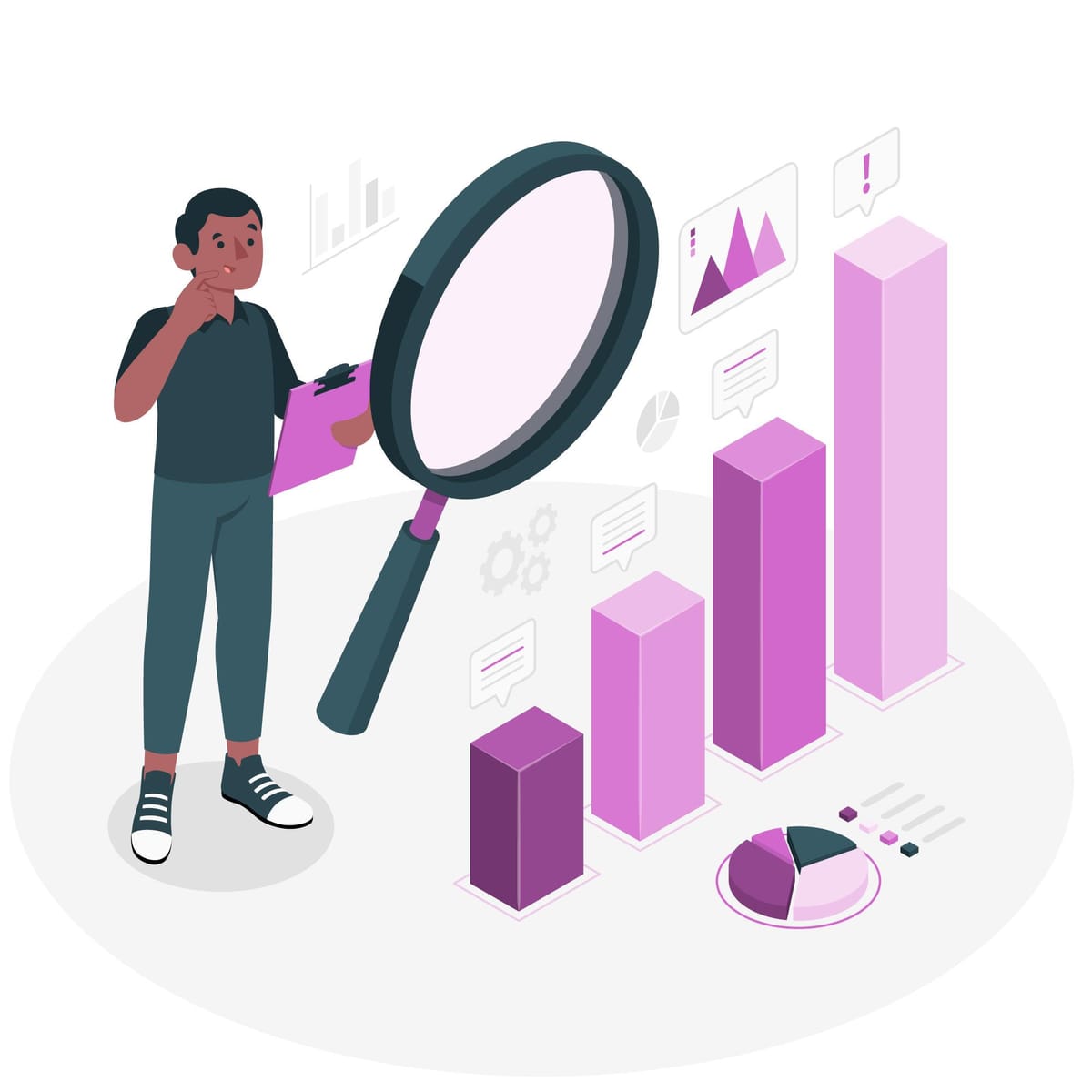The Future of Market Research: Emerging Trends and Innovations

The market research industry, estimated to be worth $80 billion globally, is undergoing rapid transformation. From leveraging AI to decentralizing data collection, three key trends are disrupting traditional techniques and driving insights that are faster, cheaper, and more personal.
AI and Predictive Analytics
Forward-thinking research firms are harnessing artificial intelligence and machine learning to automate data analysis and quickly uncover patterns. Advanced algorithms can process volumes of data to cluster consumers into granular segments, identifying common behaviors and attributes. This powers hyper-targeted marketing and product positioning tailored to niche audiences.
AI also enables more predictive consumer insights. By analyzing past trends and survey data, machine learning models can forecast reaction to new products or campaigns. Researchers save time gathering feedback, while marketers test concepts digitally before investing in development. Some firms are generating consumer simulations to replace imprecise focus groups.
As computational power grows, expect AI to become integral in segmenting consumers, predicting trends, and generating insights at scale.
Decentralised Research with Gig Workers
Legacy firms depended on large in-house teams to conduct surveys and interviews. But an exploding gig economy is enabling faster, cheaper data collection from anywhere.
Over 75% of research organizations now use freelance contractors to source consumer feedback, cost-effectively gaining more diverse geographical coverage. Digital platforms connect researchers with on-demand participants across demographics. This provides flexibility to pivot research direction rapidly.
Some innovators are also engaging gig workers to carry out observation studies, gather social conversations, take images of stores, etc. This field data from dispersed sources exposes nuanced consumer behaviours that desk-bound analysts can miss.
Expect more crowdsourced research tasks as flexibility and volume outweigh centralised control.
Integrating Big Data Sources
In the past, researchers relied on surveys and focus groups alone, resulting in limited sample sizes. Now, synthesising big data from nontraditional sources provides much broader signals on consumer behaviour.
Credit card data reveals detailed purchase histories. Social media conversations uncover brand sentiment patterns. Web traffic paints demand trends. Location data shows footfall to stores.
Combining these real-world data signals with traditional research creates powerful 360-degree consumer profiles and insights for action.
The future is blending primary research with big data for continuous insights. Companies not harnessing these complimentary inputs risk losing touch with evolving consumer reality.
While change can feel disruptive, staying ahead of the curve is key. Leaders should take stock of current capabilities and pilot emerging methodologies. Partnering with innovative firms also smooths the transition. The payoff? Market intelligence that is predictive, nuanced, and scalable. With sound strategies, research groups can direct disruption, rather than be defined by it.




